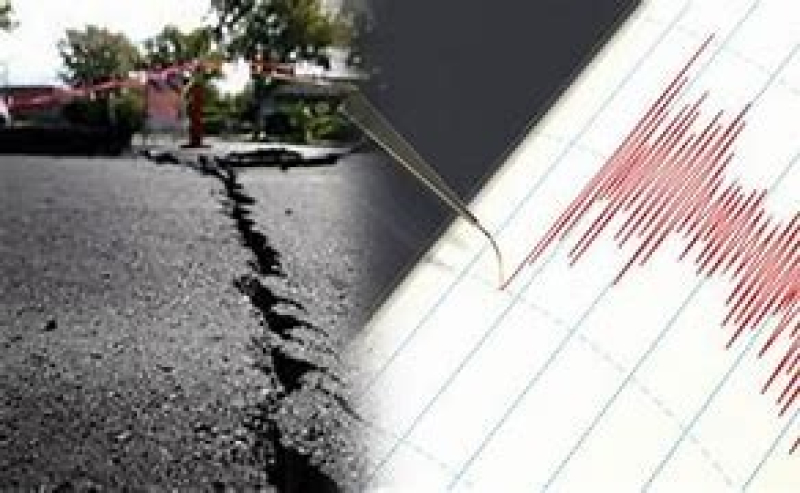- US to Exit 66 UN and Global Bodies Under New Policy Shift |
- LPG Supply Restored Nationwide After Traders End Strike |
- Stocks advance at both bourses; turnover improves |
- LCs surge for stable dollar, but settlement still sluggish |
- Recruiting agencies’ explosive growth in BD unchecked: RMMRU |
Why was Saturday's earthquake so strong?

It caused considerable fear in Comilla, leading to rushed evacuations and injuries to over a hundred workers.
The earthquake that was reported in Dhaka and adjoining districts on Saturday, originating near the plate boundary and the Comilla-Tripura fault line, was notably strong.
It caused considerable fear in Comilla, leading to rushed evacuations and injuries to over a hundred workers. The quake also resulted in damage and cracks to buildings in several areas, including Dhaka University's Mohsin Hall.
The earthquake was relatively enduring, lasting approximately 33 seconds. It was determined to be shallow, with its depth within 35km according to the underground focus and epicenter's thickness. Despite this, it released less energy than expected for such a depth, as it exceeded 10-20km, suggesting a deeper focus.
The energy was released slowly from the hypocenter, which is different from the epicenter, through underground layers like mud, soil, and hard rock barriers. Earthquakes release energy over a wide range, and a sudden release through very hard rock would have been more dangerous. This is a pattern observed in previous earthquakes and is also evident in other countries.
However, Md Momenul Islam, a meteorologist and earthquake expert at the Bangladesh Meteorological Department, urged people not to panic but to be prepared to face earthquakes.
He said: “Bangladesh is prone to earthquakes due to its geographical location, as it is surrounded by three tectonic plates. These plates intersect near our borders. For instance, the Himalayas to our north lie on the Eurasian plate, while Bangladesh is situated on the Indo-Australian plate. To our east is the Burmese microplate. All three of these plates are not only very close to our national boundary but also active. Notably, 80% of earthquakes occur along these plate boundaries."
There are three types of earthquakes: severe, moderate and mild. According to the depth of the source, earthquakes can be divided into three types – shallow, intermediate and deep earthquakes.
The epicenter of the earthquake is shallow within 0-70km of the earth's surface.
In this type of earthquake, energy is suddenly released. As a result, the damage will be more. However, if it is below 300km from the depth, then the intermediate. As a result, the damage will be somewhat less. And if it is below 300km, it is identified as a deep earthquake.

